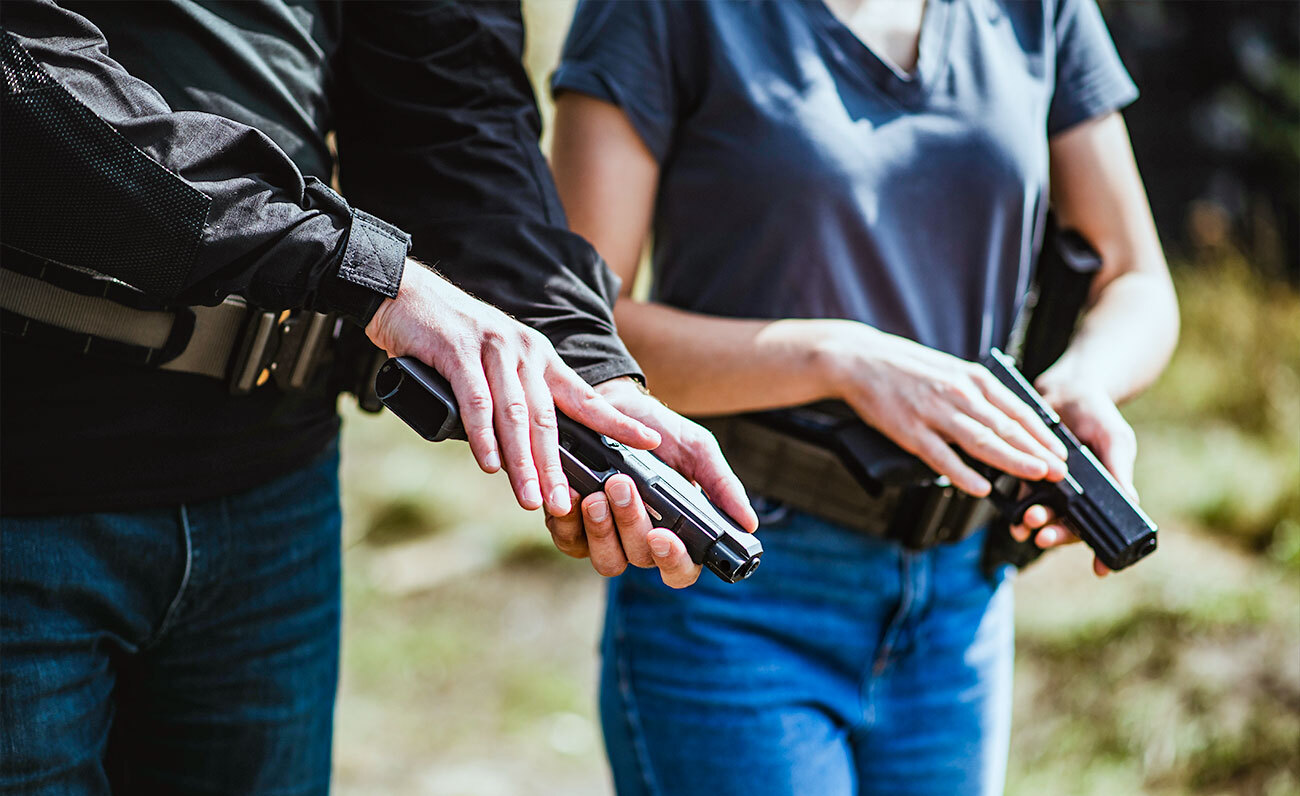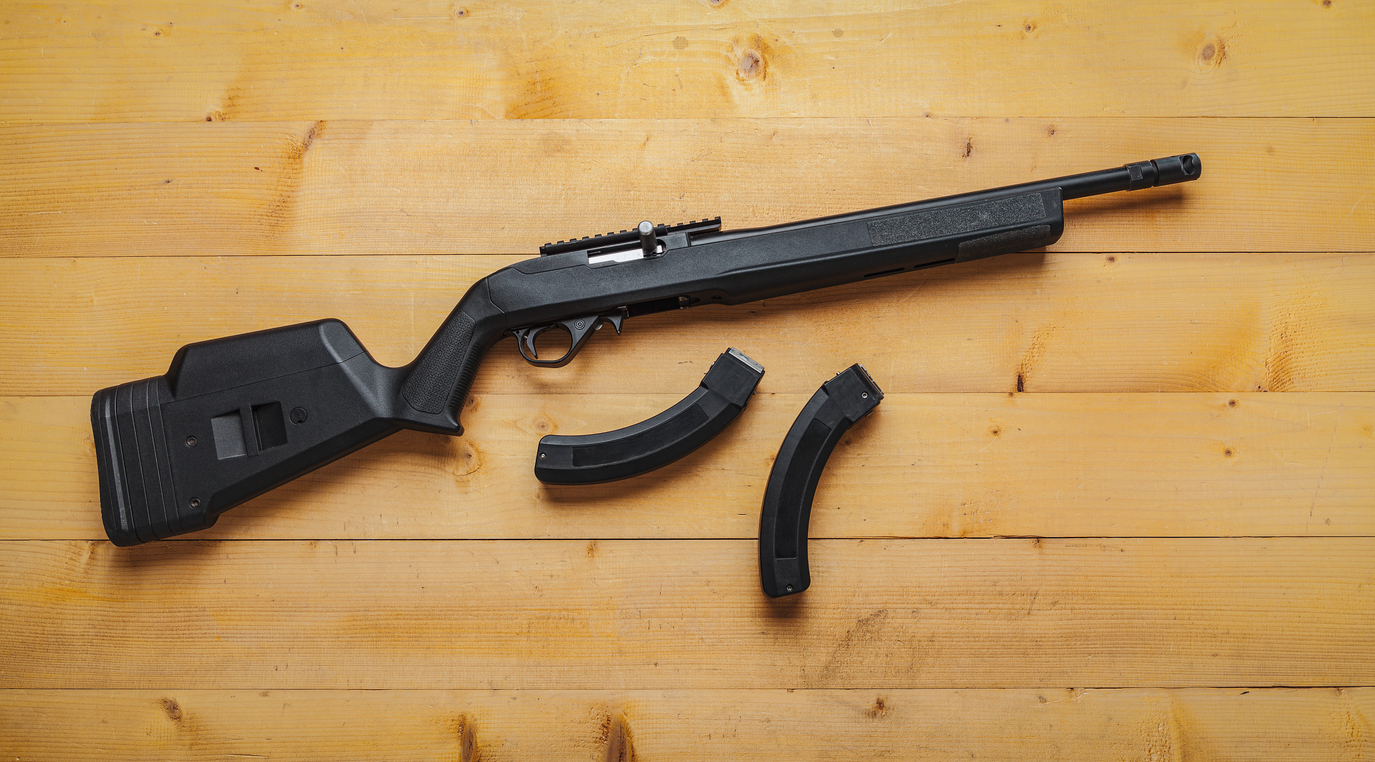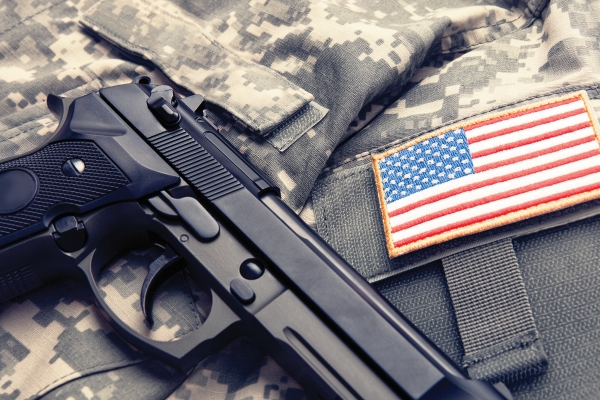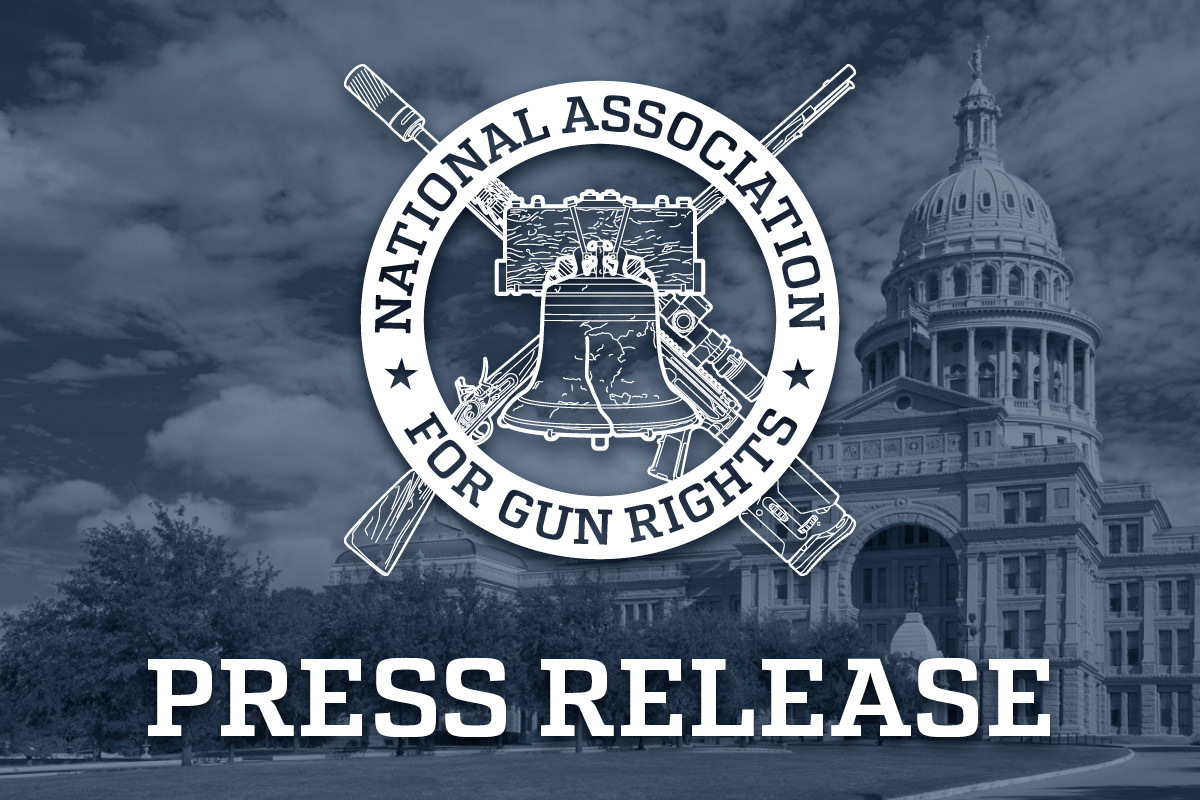Gun ownership is a fundamental right, but with that right comes the critical responsibility of handling firearms safely. Every year, accidental shootings make headlines, often due to neglecting basic gun safety rules. Proper firearm safety is essential to protect not only the gun owner but also their family, friends, and community. Following these 12 gun safety rules from the National Association for Gun Rights can help ensure that firearms are used responsibly and prevent tragic accidents from occurring.
Treat Every Gun as if it Were Loaded
The most important rule of gun safety is always to treat every firearm as if it were loaded. Even when a gun is certain to be unloaded, it must still be handled with the utmost care. Many accidental discharges happen because someone assumed a gun was unloaded. By consistently treating all firearms as loaded, gun owners can greatly reduce the risk of injury or death. How many times do we hear after a negligent shooting, “I didn’t know the gun was loaded”? They broke the very first rule of gun safety.
Keep Your Finger Off the Trigger
A fundamental rule in firearm handling is to keep your finger off the trigger until your sights are on target and you’re ready to shoot. This means keeping your finger indexed along the frame of the gun, outside of the trigger guard. Firearms can have different trigger pulls, ranging from heavy to very light (12 to less than 2 pounds of pressure), and even the slightest pressure on a light trigger can result in an unintended discharge. Always wait until your gun is pointed in a safe direction and you are fully prepared to fire before placing your finger on the trigger.
Be Sure of Your Target and What’s Beyond
Knowing your target and what’s beyond it is crucial when handling firearms. Bullets can easily travel through walls, floors, or even living targets and continue beyond your intended point of impact. Bullets can travel long distances and be lethal for over a mile in many cases. In a hunting scenario, this means being aware of what may be behind the animal, as a bullet could travel through and strike another target. Being conscious of your surroundings can prevent catastrophic accidents at the range or in the field.
Always Point the Muzzle in a Safe Direction
NEVER allow the muzzle of a firearm to cover or point at anything you do not intend to destroy. This rule is essential, as it ensures that the gun is pointed in a safe direction even in the event of a mechanical malfunction or negligent discharge. By always keeping the muzzle in a direction that minimizes potential harm, accidental shootings can be avoided, and the risk of injury is significantly reduced.
Use Proper Ammunition
Using the wrong ammunition in your firearm can have dangerous and catastrophic results. Incorrect ammunition could damage the firearm and injure the user. This could be due to overpressure, an obstructed barrel, or an improperly seated cartridge in the chamber of the gun.
Many rounds look similar and have similar names. For example, there is the 9mm Parabellum and 9mm Makarov. Your firearm is made for one or the other and cannot shoot them both. Then you have the .45 ACP and .45 GAP – again, they are not cross-compatible. .40 S&W and .380 ACP look very similar to a 9mm and could be chambered into the wrong firearm.
Rifle calibers share the same concerns. For example, you could mistakenly chamber a .300 Blackout into a .223 or 5.56 rifle and have catastrophic results.
Your firearm will say specifically on the barrel, slide, or action what ammunition it is designed to shoot. Stay consistent with these specifications.
Never shoot unknown ammo that you found or picked up somewhere. This ammunition could be reloaded out of SAAMI specifications and could be dangerous to shoot in your firearm. Always know the source and specs of the ammo you shoot in your gun.
Know How to Properly Load and Unload
Firearms vary in many ways, but there are some concepts that hold true for all of them. You should be familiar with the manual of arms of your firearm. If you are handling a firearm at a range and don’t understand how it works, simply hand it back to your shooting partner and ask for an explanation of how it operates. If they are not willing to teach you, then find a new shooting partner.
All firearms are going to have an ammunition source and a mechanism to fire the ammunition. When loading a firearm, you are going to place ammo into the feed source – this could be a magazine, a cylinder, or a tube. Magazines can be removable or non-removable. In some firearms, you are going to “chamber” a round through some mechanical method, such as racking a slide, actuating a bolt, or closing a cylinder.
To unload a firearm, you must first remove the ammunition source. Once the source has been removed, you must remove any ammo from the chamber and thoroughly inspect the chamber to ensure no ammunition remains. Once this is complete, please use rule #1—treat all guns as if they are loaded.
Store Firearms Securely
Secure firearms storage requirements will differ from household to household. We at the National Association for Gun Rights strongly support the right to self-defense, especially inside your home.
Firearms should be kept away from children and those who are not mature or trained enough to handle firearms safely. Guns designated for home defense should be safe but still quickly accessible should the need arise to defend yourself and your loved ones.
If you have children in your home or often have guests, especially those with children, your need to secure the firearms is elevated. We recommend you educate children and others about your guns and teach them what to do if they are in a situation where a weapon may be present. We do NOT recommend hiding and keeping the presence of guns secret from your kids. Educate them and allow them the opportunity to see safely and, if appropriate, shoot the gun(s). Hiding firearms is a recipe for disaster.
There are many good options for securing firearms while allowing quick access.
Wear Quality Eye and Ear Protection
When firing a gun, it’s essential to protect both your hearing and eyesight. Firearms produce loud noises that can cause permanent hearing damage if unprotected, and the projectiles they fire can create debris that could harm the shooter’s eyes.
It is important to note that shooting a gun even once without hearing protection can cause permanent hearing damage.
Additionally, when shooting at steel targets, ricocheted bullets or fragments pose a real threat. Always wear ear and eye protection to safeguard against these hazards.
Maintain Your Firearm Regularly
Regular maintenance is key to ensuring that firearms function safely and effectively. A poorly maintained firearm is more prone to malfunction, leading to dangerous situations. Cleaning and lubricating your firearm according to the manufacturer’s recommendations can help prevent accidents and keep your gun in top working condition.
Educate Others on Gun Safety
Every time someone does something unsafe with a firearm, it affects all gun owners and gives us all a bad name. It is our job as ambassadors of the sport to share gun safety rules with everyone around us.
Before you begin shooting, you should always have a safety briefing that outlines the basic rules of firearms safety, anything that is range-dependent, and any other safety expectations for the event.
Explain to everyone the safety rules and your expectations of everyone following the rules.
Then, you have to enforce these rules. If people break them, you may ask someone to leave if they are a safety hazard. The fear of offending someone is not as pertinent as keeping everyone else safe at the event.
Handle Firearms with a Clear Mind
Firearms and impaired judgment do not mix. Guns should never be handled while under the influence of drugs or alcohol. Doing so not only endangers the shooter and those around them but is likely illegal as well. Responsible gun ownership requires clear thinking and full control of one’s actions.
Understand Your Firearm’s Mechanics
Every firearm is different, and it is crucial that owners understand how their specific guns operate. Misunderstanding a firearm’s mechanics can lead to accidental discharges and unsafe handling. Reading the manual and seeking professional instruction, if necessary, will help ensure that guns are operated safely and effectively.
Conclusion
Gun ownership is a great responsibility that requires strict adherence to safety rules. Following these 12 essential rules will not only protect you and those around you but will also help preserve the right to bear arms. Safety is the cornerstone of responsible gun ownership, and by educating yourself and others, you contribute to the continued defense of the Second Amendment.
EXTRA: What to Do if There Is an Accident at the Range
Even with strict adherence to safety rules, accidents can happen at the range. Knowing how to respond quickly and correctly is critical. In the event of an accidental injury, remaining calm and taking decisive action can make all the difference.
The first step is to contact emergency services, but it’s essential to describe the incident accurately as a “firearm training accident,” not a shooting. This distinction helps prevent misunderstandings, ensuring emergency personnel understand that it was accidental, not an intentional act of violence, which could alter the response.
Before starting any shooting session, always make sure to know the location of the nearest hospital. In a serious accident, this knowledge could save precious time. If EMTs are too far away, immediate first aid must be administered on the spot. A properly applied tourniquet can stop severe bleeding and save lives, especially when the injury involves a limb. Basic first aid skills are a must for any responsible firearm owner, and a well-stocked first aid kit with trauma supplies, including tourniquets and bandages, should always be part of your range gear.
After calling for help and providing immediate care, ensure the area is safe. Secure all firearms, prevent further accidents, and maintain a safe perimeter around the injured person until emergency services arrive.
Preparedness is key. By knowing where the nearest hospital is, carrying appropriate first aid equipment, and staying calm in an emergency, gun owners can ensure that accidents are handled quickly and effectively, minimizing the risk to everyone at the range.
Read more here at the NAGR blog.
About the Author
Taylor Rhodes is the Director of Communications at the National Association for Gun Rights. A seasoned political strategist and unapologetic defender of the Second Amendment, Taylor has led high-impact campaigns at both the state and national levels. He lives in Hoover, Alabama with his wife, Madison, and enjoys bourbon, golf, and collecting firearms—especially his 12.5” Geissele Super Duty.




